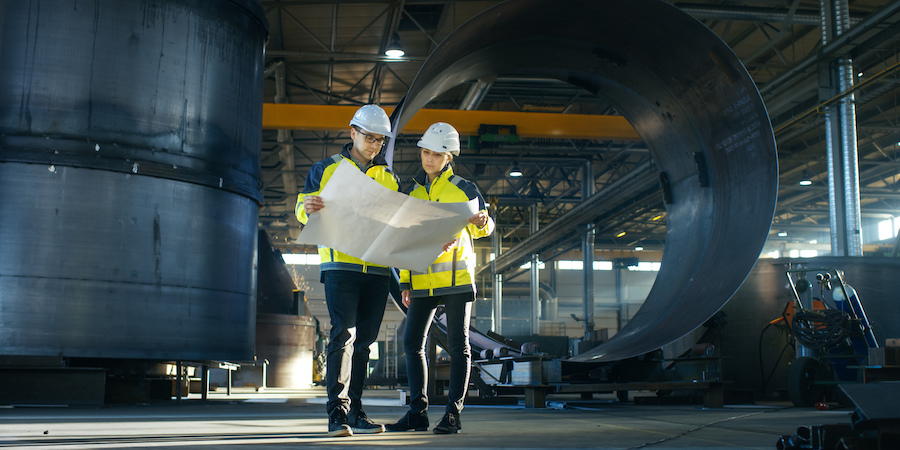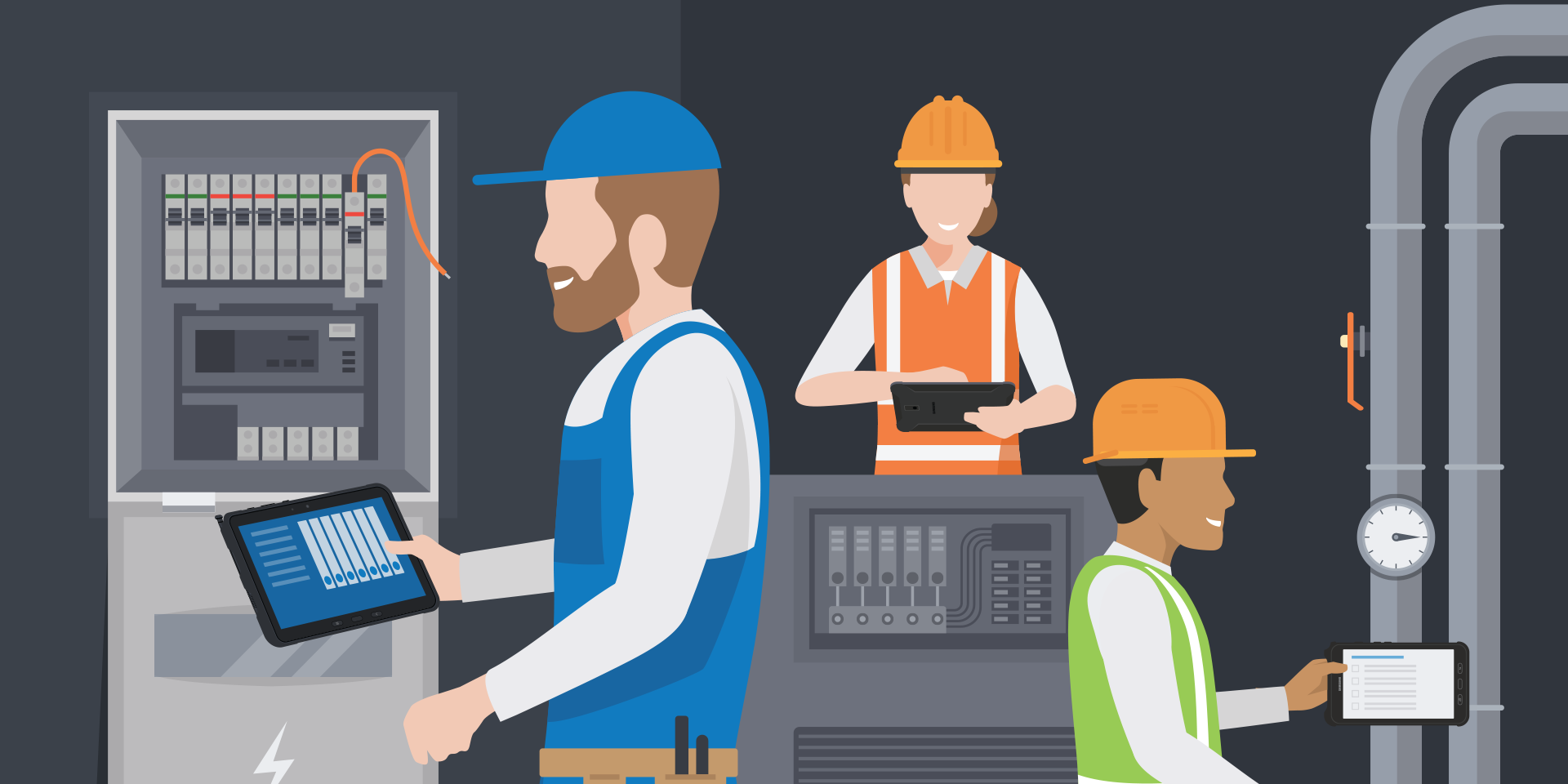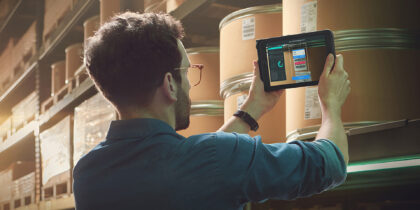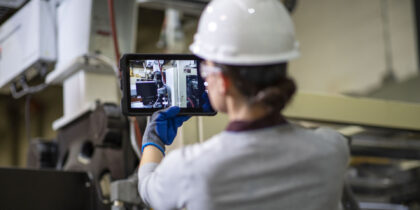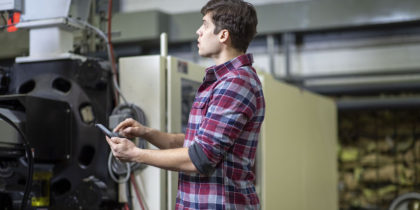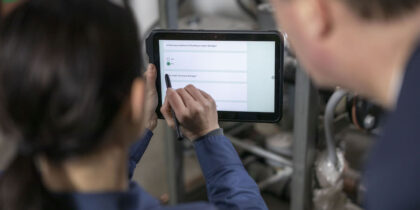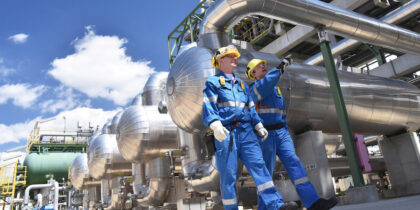Workers rely on their experience and knowledge to solve problems in field services. But sometimes, further expertise is necessary and not readily available on location.
Augmented reality (AR) in field services can provide a direct inroad to the repository of information in the business’ knowledge base. AR applications offer a low-cost way to efficiently complement service worker knowledge and increase worker productivity, by using image overlay to create a real-time visual comparison of conditions in the field against imagery in the database.
Here are some ways that AR can support your field service workers.
The field services constraint
Traditionally, field service and plant workers in manufacturing have used their own skills and toolkits on the road. If they run into a problem or encounter an unfamiliar situation, a stack of manuals might help. In some cases, issues in the field or on the manufacturing floor might mean a call to an expert in the home office.

It’s ideal to dispatch only the most experienced workers to a job site or the production floor. But such a solution might not always make the most strategic business sense. At most companies, the deep-rooted technical know-how can be expensive. So field service workers lean on experts only when necessary.
Unfortunately, relying on static and perhaps outdated bound manuals on the road is time consuming, and can cut productivity in field services. The shop floor worker might not even find the answer in the manual. And a phone call is only marginally better; describing on-the-ground situations over the phone can lead to inaccuracies. In urgent situations, such as when a rotor is about to break, it can also be incredibly stressful. A phase lag in communication can lead to expensive misdiagnoses, compounding the problem even more.
The augmented reality solution
Mobile devices that host AR solutions can solve field services challenges in a variety of ways. On the manufacturing floor, a plant worker can access interactive manuals through a mobile tablet and see 3D renderings of the part. They can overlay drawings from the manual and contrast it against the live specimen to gauge the extent of the problem.
Empower Your Field Services Team With Mobility
Exceed customer expectations with this free guide to improving connectivity in field services. Download Now
Novice field service workers can follow step-by-step guided tutorials or AR apps that can direct them to the correct procedures for problem resolution. The mobile device can also connect to a remote expert who can view the situation on the ground using the attached camera, and work with the technician to troubleshoot a problem. In all cases, AR enables a wider window into the problem so employees have more real-time information.
Augmented reality apps are, quite literally, a window into the situation on the ground. This means experts can analyze the health of equipment and predict which parts, if any, need to be replaced in the near future. They can proactively order these parts before breakdown. Even better, the field service worker might be able to attend to part replacement right away, saving time and labor.
AR can also take the place of paper instructions to train new equipment users. Caterpillar, for example, sells generators and uses AR as a way of coaching customers who might not know how to use them efficiently.
The AR-empowered field service worker
A significant 45 percent of field service technicians say that the tools they work with are too slow, and 38 percent report being unable to access the information they need to do their job.
Businesses in field services and manufacturing are well advised to take these complaints seriously. They can use AR to resolve speed, connectivity and access issues in field services. Such a move has the potential to increase productivity and decrease the cost of labor.
By providing the expertise when it’s needed quickly and reliably, augmented reality is proving to be an essential part of the field services toolkit. The $2.8 billion field services industry is expected to hit $5.9 billion by 2024. Companies that use mobile devices and augmented reality applications to connect and unify their worker pool stand to gain from this forecasted growth.
In addition to AR, virtual reality (VR) capabilities are improving manufacturing processes and workflows. Learn more in this video. Or, read a free white paper on improving connectivity in field services.
